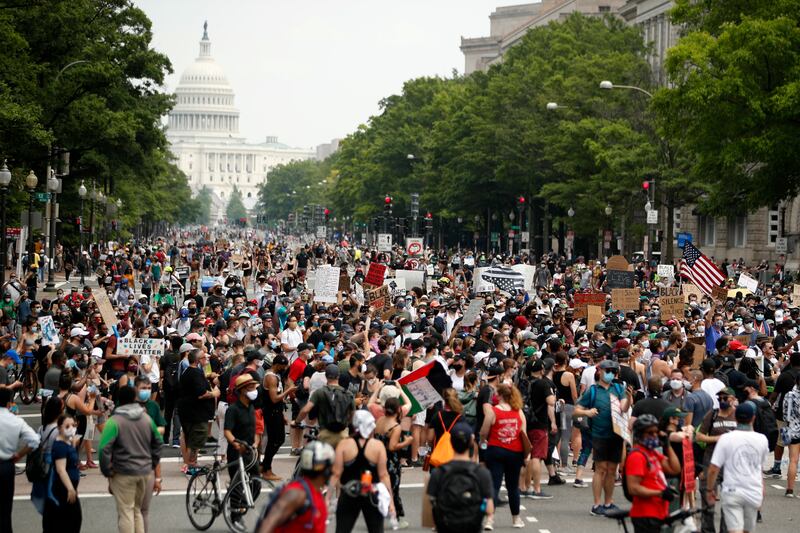Spot quiz: Is crime in the United States on the rise?
This is an open-book quiz, so you may be tempted to look at the recent mass shooting in New York City, where a gunman who intended to harm people at NFL headquarters took the wrong elevator but still killed four people.
You may read about the man who went on a stabbing spree at a Walmart in Michigan last weekend, injuring 11. You may come across similar crimes in Atlanta, Detroit and Reno, all on Monday.

But don’t be fooled. The truth is, crime is down considerably, overall.
Yes, you read that right.
Surprising data
In fact, data analyst Jeff Asher wrote recently on Substack that figures from the “first third of 2025 suggest a strong possibility that the United States will report the lowest murder rate ever recorded, the lowest property (crime) rate ever recorded, and the lowest violent crime rate since 1968.”
Apparently, while you’re worried about what to do in case someone decides to start shooting at the store where you shop, the real question is why you should bother to lock your doors at night.
Asher isn’t alone in this assessment.
The Council on Criminal Justice, a nonprofit policy research group, looked at 42 cities and found that “violent crimes are below levels seen in the first half of 2019, the year prior to the onset of the COVID pandemic.” The year 2020 saw protests, efforts to defund police departments and a spike in violence.

In the first half of 2025, homicides in these large cities declined 14% compared to the first half of 2019. “Similarly, reported aggravated assault (-5%), gun assaults (-4%), sexual assault (-28%), domestic violence (-8%), robbery (-30%), and carjacking (-3%) were lower in 2025,” the research group said.
The New York Times said homicides fell at a record pace in 2023 and have continued to accelerate downward ever since.
Why is crime down?
The big question is why.
“That the trends have been national in scope has challenged assumptions that local factors, like policy decisions or funding for safety programs, are the most important,” the Times said.
Not surprisingly, President Trump recently took credit for this trend, citing his deportation of immigrants. But that doesn’t fit with the timeline. Writing in the Wall Street Journal, Jason L. Riley noted that “illegal immigration and violent crime don’t necessarily move in the same direction.”
“Scapegoating migrants is tempting, but data show that it’s the native population, not foreign nationals, that tends to drive violent crime in the U.S.,” he said.
As with all trends, there is no law that says they must continue indefinitely. The population is aging, which may portend less crime, but that didn’t stop the spike that happened during the pandemic. Many people are keeping a wary eye on New York City, where Zohran Mamdani, a socialist who has said disparaging things about the city’s police department, is the leading candidate for mayor.
As the Council on Criminal Justice website noted, “the drivers of these trends are poorly understood.” Things can change quickly.
Your odds of dying
What ought to be understood, however, are statistics concerning frightening crimes, such as mass shootings.
While mass shootings are a growing and troubling problem in the United States and abroad, and they certainly are not rare, a study of the past 59 years, published by the Cato Institute, found that these “account for about 0.15% of all homicides from 1966 through the end of 2024.”

A report several years ago in Business Insider put the odds of dying in such a tragedy at 1 in 11,125. The odds of dying from a firearm generally were much higher (1 in 315), but are presumably getting better.
I was kidding about your doors. Keep them locked. Be aware of situations and exercise caution. But don’t let politicians or ubiquitous reports about awful crimes make you flunk this quiz. Overall, things are getting much better — at least for now.

